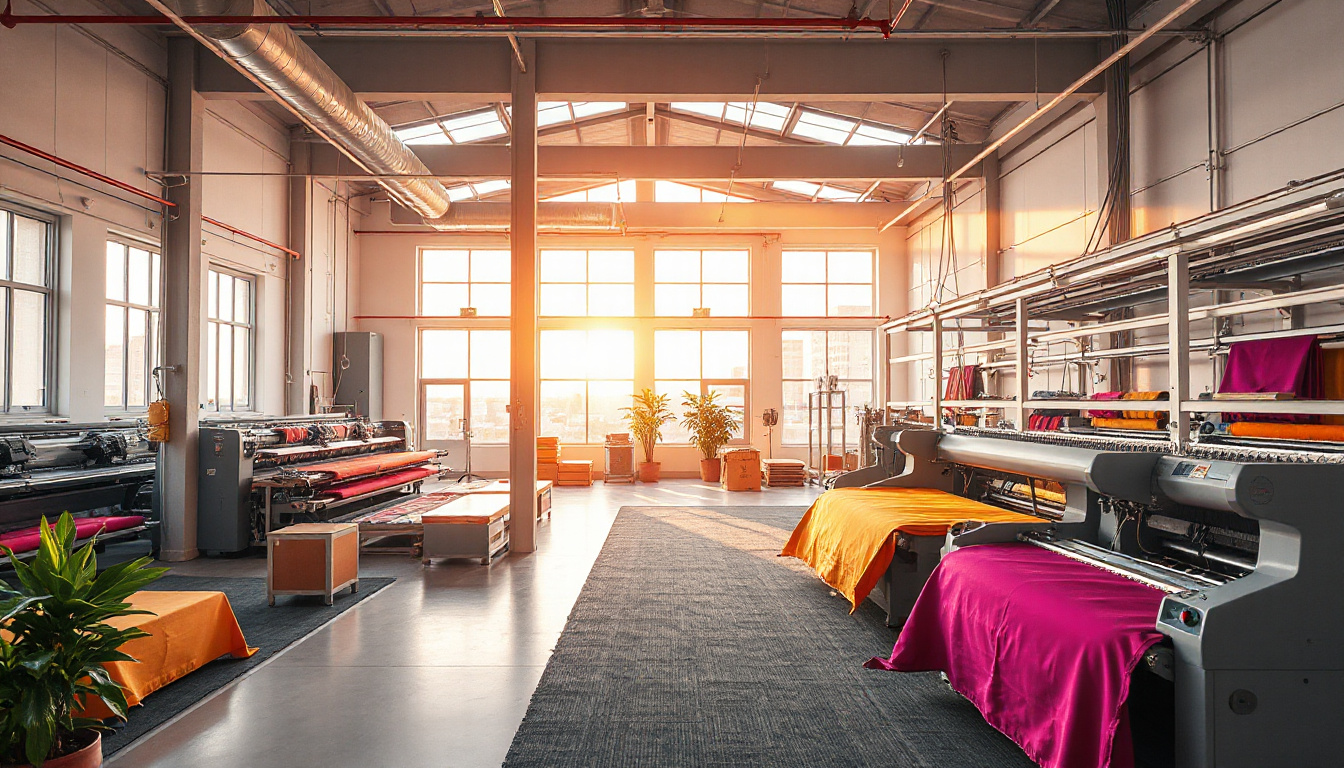As our world evolves rapidly, so do the industries that shape our everyday lives.
Among these, textile factories play a crucial role in the production of everything from clothing to home furnishings.
In this article, we will explore the evolution of textile factories, the innovations that are reshaping their operations, the sustainable practices making a difference for the environment, the current trends driven by technology and consumer preferences, and the global landscape of this vital industry—highlighting both challenges and opportunities.
Join us on a journey to discover how textile factories are adapting to the changing world, ensuring a more sustainable and innovative future.

 November 2025
November 2025

